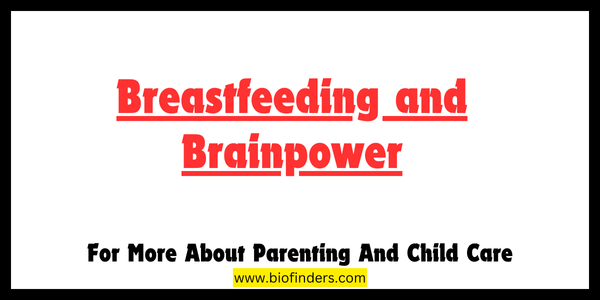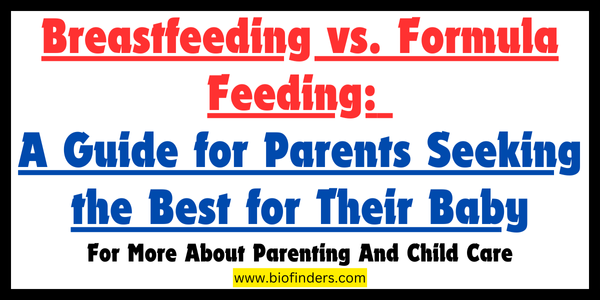For new parents, the early days with a new-born are a whirlwind of emotions and a constant learning curve. Amidst the sleep deprivation, breastfeeding emerges as a powerful tool, not just for nourishment, but also for forging a deep and intimate bond between parent and child.
Skin-to-Skin Contact: The Foundation of Bonding
Breastfeeding is inherently a close, skin-to-skin experience. This direct contact triggers the release of oxytocin, often referred to as the “love hormone,” in both mother and baby [parental bonding and oxytocin]. Oxytocin promotes feelings of calm, relaxation, and emotional connection, making feeding a beautiful dance of mutual nurturing.
The warmth of a parent’s embrace, coupled with the rhythmic suckling of the baby, creates a sense of security and comfort for the infant. This close physical contact helps regulate the baby’s body temperature, heart rate, and breathing, promoting overall well-being [infant benefits of skin-to-skin contact].
Reading Your Baby’s Cues: A Language of Love
Breastfeeding goes beyond simply providing food. It’s a responsive process where parents learn to decipher their baby’s unique cues. The hunger cries, the rooting reflex, the satisfied sighs – these nonverbal signals become a language of love and understanding. Responding promptly to these cues builds trust and strengthens the attachment bond.
By attentively responding to their baby’s needs for nourishment and comfort, parents foster a sense of security and predictability. The baby learns that their caregiver is reliable and responsive, building the foundation for healthy emotional development.
Beyond Mothers: Building Attachment Through Breastfeeding for All Parents
Traditionally, feeding through breasts has been associated with mothers. However, the act of nurturing and building attachment extends beyond biological mothers. Fathers, adoptive parents, and same-sex couples can all participate in skin-to-skin contact and bottle-feeding with expressed breast milk.
These practices allow all parents to experience the joy of feeding and nurturing their child, fostering a strong parent-infant bond [breastfeeding and attachment for fathers]. Skin-to-skin contact with a parent, regardless of gender, releases oxytocin and promotes the same bonding benefits as breastfeeding.
Overcoming Challenges: Support is Key
Breastfeeding can be a beautiful journey, but it’s not always smooth sailing. Challenges like latching difficulties, low milk supply, and societal pressures can lead to frustration and discouragement.
Here are some resources and tips to help navigate breastfeeding challenges:
- Lactation consultants: These certified professionals can provide guidance on latching techniques, milk supply management, and troubleshooting common issues.
- Support groups: Connecting with other parents who are breastfeeding can offer valuable emotional support and advice.
- Online resources: Numerous websites and apps offer evidence-based information and resources on breastfeeding.
- Be kind to yourself: Remember, breastfeeding is a learned skill, and both parent and baby need time to adjust.
Long-Term Benefits of a Strong Attachment
The benefits of breastfeeding and a strong parent-infant bond extend far beyond the early days. Studies have shown that secure attachment in infancy can lead to [long term benefits of breastfeeding and attachment]:
- Improved emotional well-being: Children who form secure attachments are more likely to develop healthy coping mechanisms and have better emotional regulation skills.
- Stronger social relationships: Secure attachment lays the groundwork for healthy social interactions and positive relationships throughout life.
- Enhanced cognitive development: Secure attachment has been linked to improved academic performance and better cognitive function.
Remember, while breastfeeding is a powerful tool for bonding, it’s not the only way to build a strong attachment. The most important thing is to be responsive to your baby’s needs, provide consistent care, and shower them with love and affection.
Embrace the journey! Breastfeeding offers a unique opportunity to connect with your baby on a deeper level, fostering a lifelong bond that will serve as a foundation for their emotional and social well-being.
Tailoring Breastfeeding to Your Needs: Techniques and Considerations
Every parent-baby relationship is unique, and so too is the breastfeeding journey. Here are some additional points to consider for a more personalized approach:
Different Breastfeeding Styles:
- Traditional Latch: This is the most common position, where the baby faces the parent’s chest with their entire body turned towards them.
- Football Hold: This is helpful for newborns with latching difficulties or neck issues, as it allows for better head and neck support.
- Side-lying Position: This can be a comfortable option for nighttime feedings, allowing both parent and baby to relax.
Breastfeeding Frequency and Duration:
- Feeding Cues: It’s best to feed your baby based on their hunger cues rather than a rigid schedule. Look for signs like rooting, fussiness, or mouthing.
- Cluster Feeding: Newborns often go through growth spurts, leading to frequent feeding sessions (cluster feeding) for short periods. This is normal and helps stimulate milk production.
- Feeding on Demand: Feeding on demand allows your baby to regulate their intake and helps establish a healthy milk supply.
Additional Bonding Techniques:
- Kangaroo Care: This involves skin-to-skin contact with your baby while keeping them upright on your chest. This promotes warmth, bonding, and can be calming for both parent and baby.
- Singing and Talking: Softly singing or talking to your baby during feeding creates a calming environment and strengthens the emotional connection.
- Massage: Gently massaging your baby’s back, legs, or feet can be a relaxing experience for them and promote bonding.
Addressing Special Circumstances:
- Premature Babies: Premature babies may require specialized feeding techniques or supplementation. Consult with your pediatrician for guidance.
- Multiples: Feeding twins or triplets can be challenging. Explore tandem feeding (feeding both babies at once) or pumping and bottle-feeding expressed breast milk. Lactation consultants can provide specialized support.
- Medical Conditions: Certain medical conditions in parent or baby may necessitate adjustments to breastfeeding practices. Discuss these with your healthcare provider.
Remember, breastfeeding is a journey of learning and adaptation. There’s no “one size fits all” approach. Be patient with yourself and your baby, seek support when needed, and most importantly, cherish the special moments of connection created through breastfeeding.






Leave a Reply